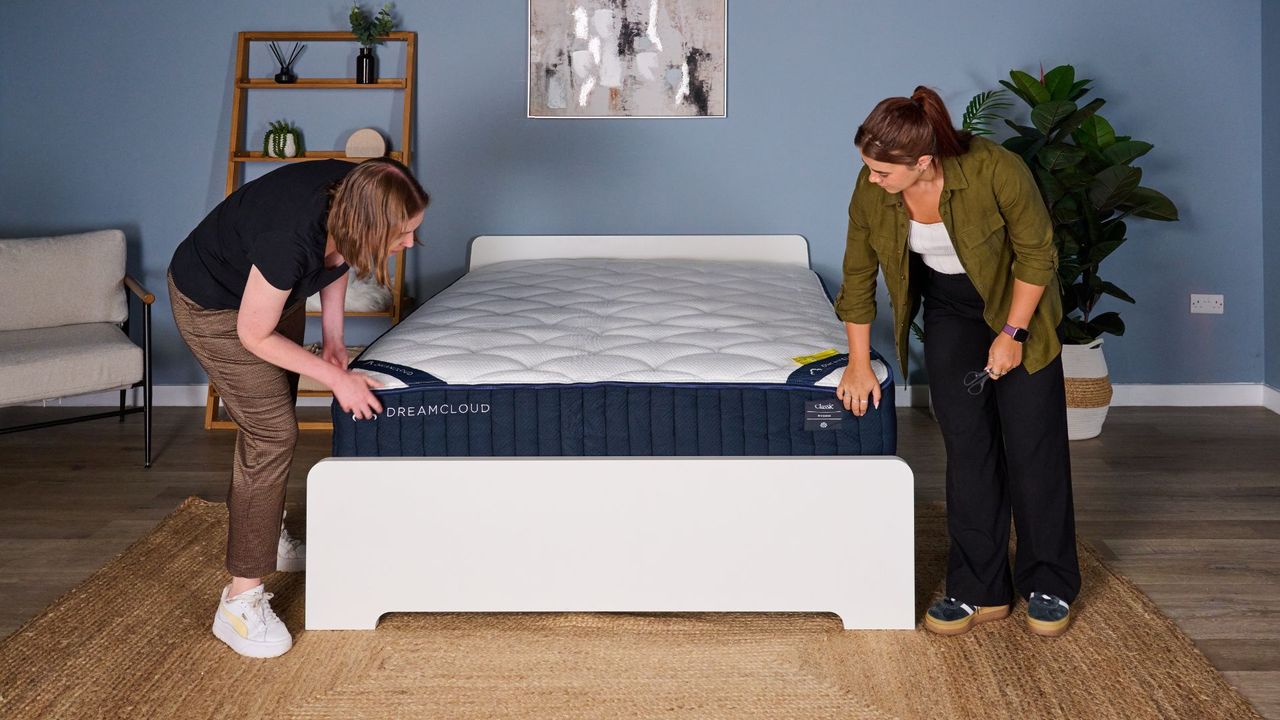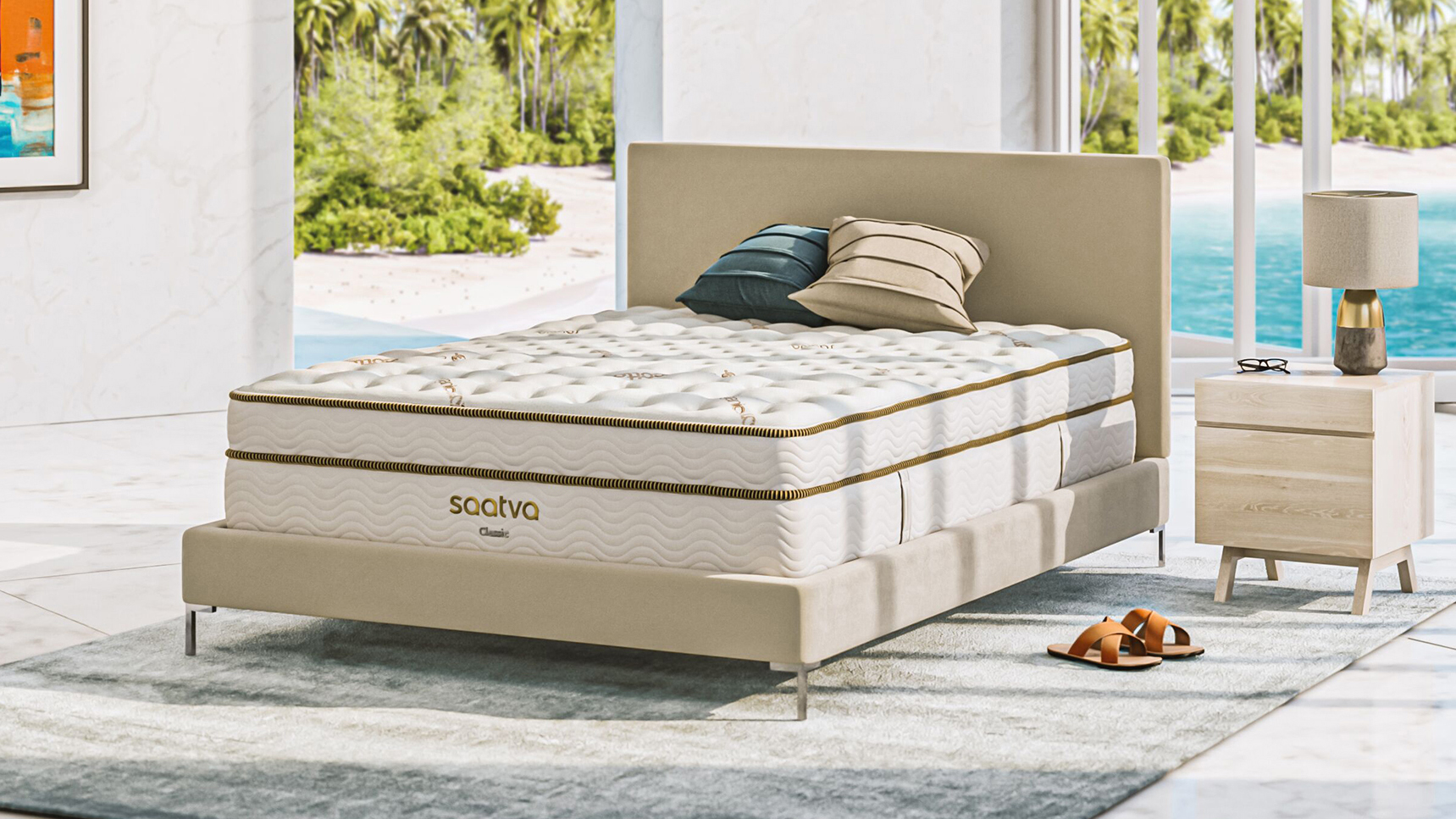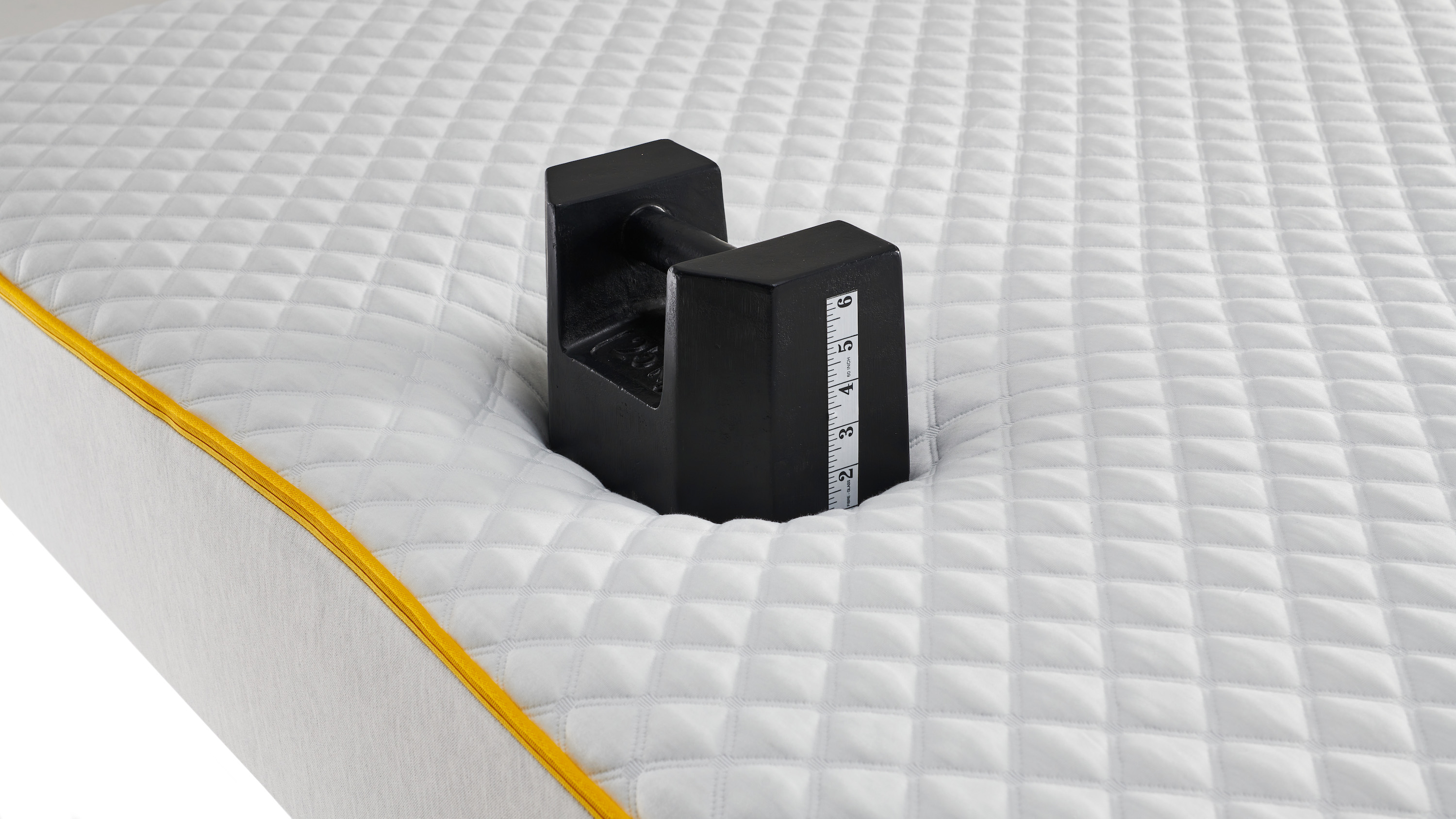
I've been testing mattresses for several years, so I'm familiar with all the technical talk brands use to describe their mattresses. However, if you're mattress shopping for the first time in ages (or even for the first time ever) the jargon used to describe beds can be pretty confusing.
We've made our guide to the best mattresses of the year as straightforward and jargon-free as possible — but a lot of brands don't follow our lead. That's why I've created this mattress jargon buster.
Here, you'll find a comprehensive, easy-to-read glossary of key mattress terms that will prepare you for when you go mattress hunting, helping you find the bed that's right for you and your sleep. Plus, with a lot of big mattress sales on the horizon, a mattress jargon buster is exactly what you need to find the right deal without being duped by buzzwords and empty promises.
Mattress jargon buster: Key terms explained
Adjustable base compatibility – the degree to which a mattress can be elevated (top, bottom or simultaneously) or bent into an upright position on top of an adjustable bed base. This is particularly useful if you need a bed to help stop or reduce snoring.
Antimicrobial materials – usually cotton, fiber or foam that has been treated to prevent the growth of dust mites, bacteria and fungi.
Box spring – a wooden (or metal) frame filled with a secure set of wire coils to support your mattress, improve airflow, and absorb shock. However, most modern mattresses don't require a box spring, and using one could possibly invalidate your warranty.
Certified organic – applies to mattress materials that are organic and Global Organic Textile Standards (GOTS) certified. You'll find a lot of GOTS-certified materials inside the best organic mattresses.
Breathable – this means that a mattress's materials, such as a cotton or wool, allows air and body heat to flow through the mattress's surface to prevent your body from overheating.
Coils / coil springs – wires, formed in the shape of spirals, usually found in the support layer of an innerspring or hybrid beds. Our guide to the best hybrid mattresses will talk you through our top picks.
Comfort layers – these live at the top of the mattress and are responsible for how comfy the mattress feels when you lie on it.

Cushioning depth – this measures how far you sink into the mattress and how much it conforms to your body. The best memory foam mattresses are an ideal choice for anyone seeking maximum cushioning and a body-hug feel.
Ease of repositioning – how well the mattress supports you when you’re moving into a new sleeping position.
Firmness – used to describe the compression resistance of a mattress, and also how soft or hard the surface is when you lie on it. You'll often see firmness rated on a 10-point scale, with 10 being the firmest.
Hypoallergenic – mattresses made from materials that are less likely to cause an allergic reaction. You’ll see this term used a lot on organic and natural mattresses.
Motion isolation – how much movement can be felt on either side of the mattress. If you share with a restless sleeper, motion isolation is important so that you aren’t disturbed by your partner's movements.
Moisture wicking – this refers to how well the materials used within the cover are able to wick away moisture, keeping the mattress fresher, drier and more breathable. Even then, we'd still recommend investing in a great mattress protector to keep your bed safe from sweat stains, body oils, spills and more.

Off-gassing – the smell that accompanies some mattresses when they are unboxed. This is normal and the smell is caused by certain chemicals evaporating into the air. We cover this in more detail in our feature: what is mattress off-gassing.
Orthopedic mattress – if you grapple with back pain, an orthopedic mattress will support your posture and keep your spine aligned. It offers a firmer feel than most beds. Learn more in our feature answering what is an orthopedic mattress.
Pressure points – the parts of your body that come into contact with the mattress's surface. For example, a side sleeper's pressure points are the hips, shoulders, and knees.
Pressure relief – This refers to how much a mattress minimizes pressure points on your body when you’re lying down. Common points of pressure are the shoulders, hips and back. Without good pressure relief, you could be dealing with soreness, loss of circulation, and restlessness due to in-bed discomfort. The best mattresses for back pain offer superior pressure relief.
Recovery time – the speed with the mattress returns to its normal shape after being compressed.
Reinforced edge support – keeps your mattress stable and supportive by creating a solid structure around it, and ensures you can sleep up to the edge of your mattress or sit on the corners to take your shoes on/off. Edge support is achieved with materials such as foam, steel rods or thick coils.
Sagging – refers to dipping or a loss of support in specific areas of the mattress. Sagging occurs mainly in older mattresses. For more, see our guide to: how often should you replace your mattress guide.

Sleep style – also known as your sleep position, this is the position your body naturally drops into when you fall asleep. This will largely influence the type of mattress you need. For example, the best mattresses for side sleepers will offer ample pressure relief along the hips and shoulders whilst keeping the spine neutral.
Temperature regulation – unless a mattress is designed with cooling technology, temperature regulation refers to how well the materials inside the mattress stay temperature neutral while you're sleeping. If you sleep very hot or are dealing with night sweats, a good cooling mattress should be top of your list.
Trial period – also known as the sleep trial or break-in period. This refers to the length of time you are given by the manufacturer to test your new mattress at home. For more on trials, read our guide to mattress trials and how they work.
Warranty – the manufacturer’s policy outlining what it will and won’t cover in terms of repairing or replacing the product if faults occur within a specific period of time. Learn more about mattress warranties and how they work .
A summary of mattress jargon and key terms
I've included all the key terms you'll definitely come across when mattress shopping, as pretty much all modern mattresses will have some degree of edge support, pressure relief, and motion isolation — and brands will definitely brag about them.
Above, I've given a straightforward overview of all key mattress terms, but if you want to explore each term in more depth, we have plenty of resources and reference articles that take a closer, more detailed look at them.
Further mattress resources
What is pressure relief in a mattress? Explains what kind of pressure relief different sleep positions need.
What is edge support? Explains why edge support is important and who needs it the most.
What is motion isolation? Explains why motion isolation is important for bed-sharing couples and what kind of mattresses have the most motion isolation.
What is temperature regulation? Explains what temperature regulation is and why all mattresses need it.
What is mattress firmness? Explains the different mattress firmness levels and which sleepers need them.
What are mattress comfort layers? Explains what a mattress's comfort layers do and what materials they are made from.







